WILD NORTH WEST PROJECT
The hunter tells us to stop and remain quiet. The whispering of the canopy above our heads is premeditating the immediate arrival of our intimidating cousins. Suddenly, we hear them. Pant-hoot! They're here, they're here!"
~ Osiris Doumbé, Principal Investigator of the Ellioti Project, November 2014
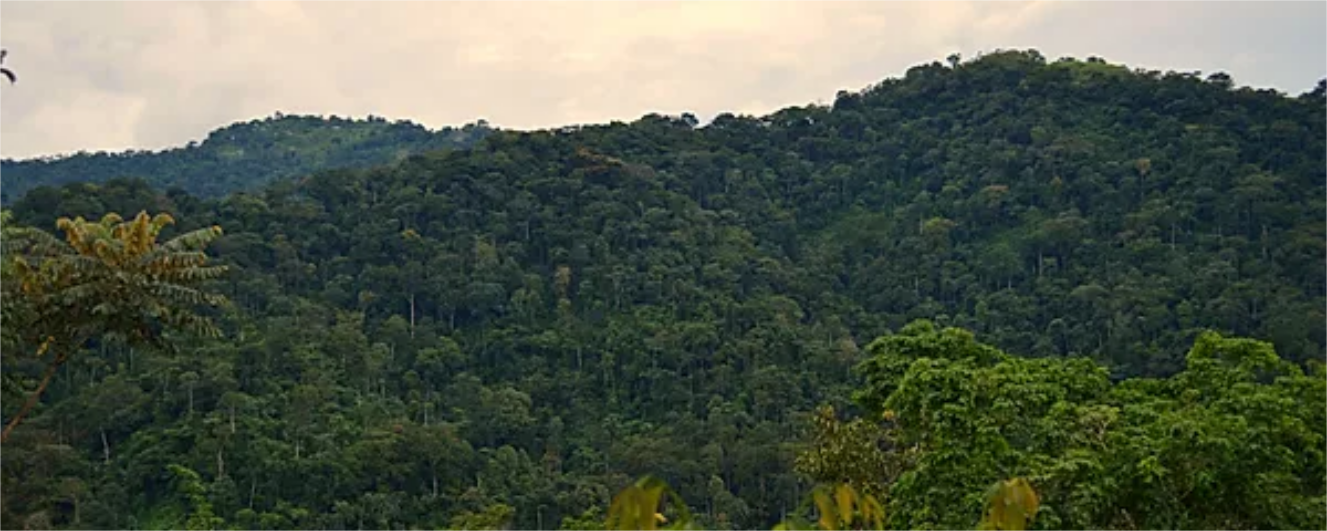

Background
For the past hundred years, the North-West region of Cameroon has suffered greatly from human pressure.
This is largely due to the Bamenda Highlands which provide a rich soil and limit the presence of tse tse flies. Therefore, the North-West has been intensively exploited for farming and cattle herding. Significant areas have also been converted to eucalyptus plantations.

The Eucalyptus Tree
The eucalyptus tree is a non-native plant that has a fast growing and straight stem, and which utilizes large quantities of water to maintain its rapid growth.
Thus, eucalyptus plantations are detrimental in that they impede native plant growth, encourage erosion, and consume large amounts of water.

Ellioti Project
In the North-West, it is believed that elephants, African wild dogs and leopards have been regionally extinct since the 20th century.
Chimpanzees were thought to have been extirpated as well throughout most of the species' range (in the 1970s in Balikumbat, and in the 1980s in Mt Oku). However, thanks to the Ellioti Project, four chimpanzee communities were rediscovered, including one in the Kom forest, a sub-mountainous forest (700-1,300m) in Fundong subdivision.

THE KOM FOREST

Size: ~7,500ha
Altitude: 700-1,300m
Habitat: sub-mountain tropical forest
Emblematic animals: chimpanzee, putty-nosed monkey, Preuss's monkey, Milne-Edwards's potto, red river hog, great blue turaco
KOM-WUM FOREST RESERVE
Sekakoh's goal in and around the Kom forest is to ensure its protection by maintaining a research presence in the area and providing sustainable alternative to the local villagers who depend heavily on the forest.

Background
Most of the Kom forest is located in the Kom-Wum Forest Reserve, a poorly managed protected area. The importance of the Kom forest for both humans and wildlife lies in the fact that it remains mostly undisturbed.
Whereas most of the mountain and sub-mountain areas of the region have been deforested, Kom remains relatively intact and only faces minor anthropogenic pressure from the surrounding villages (except around the Mughom village). The chimpanzees are believed to be clustered in two groups, one in the centre and one in the North. More studies are needed in order to have more accurate numbers of the population.
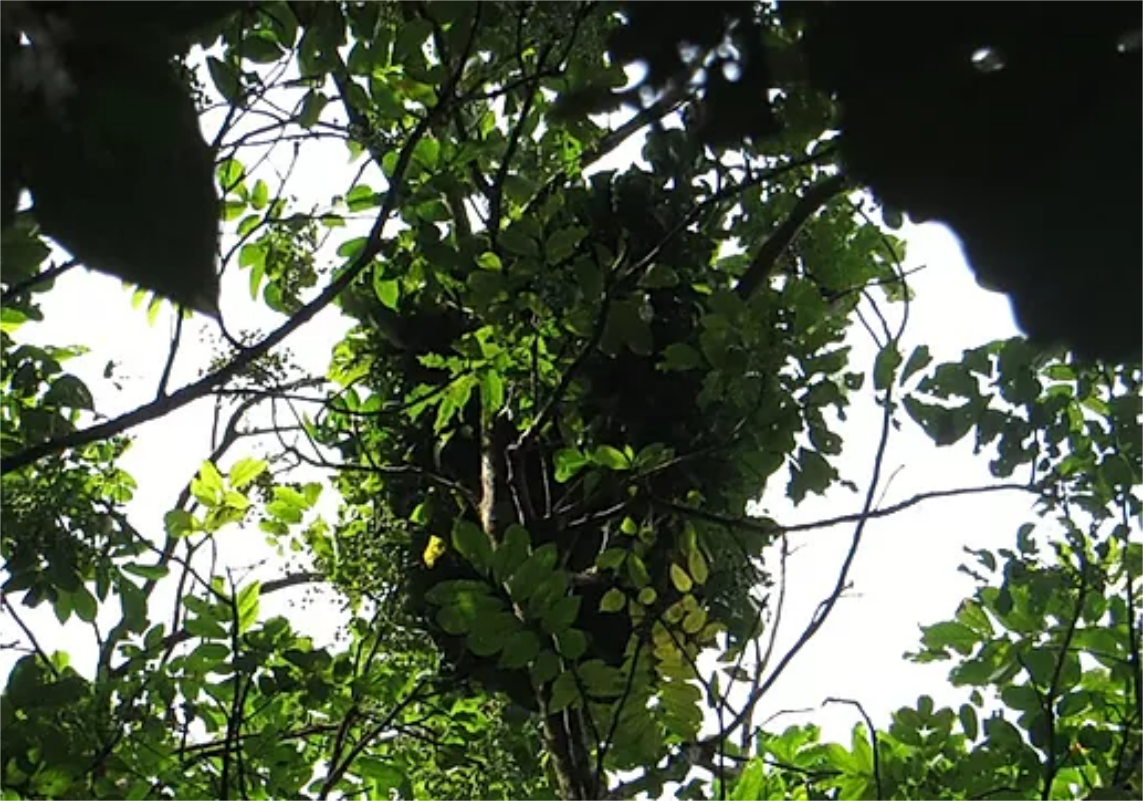
Chimpanzee Nest up in a tree
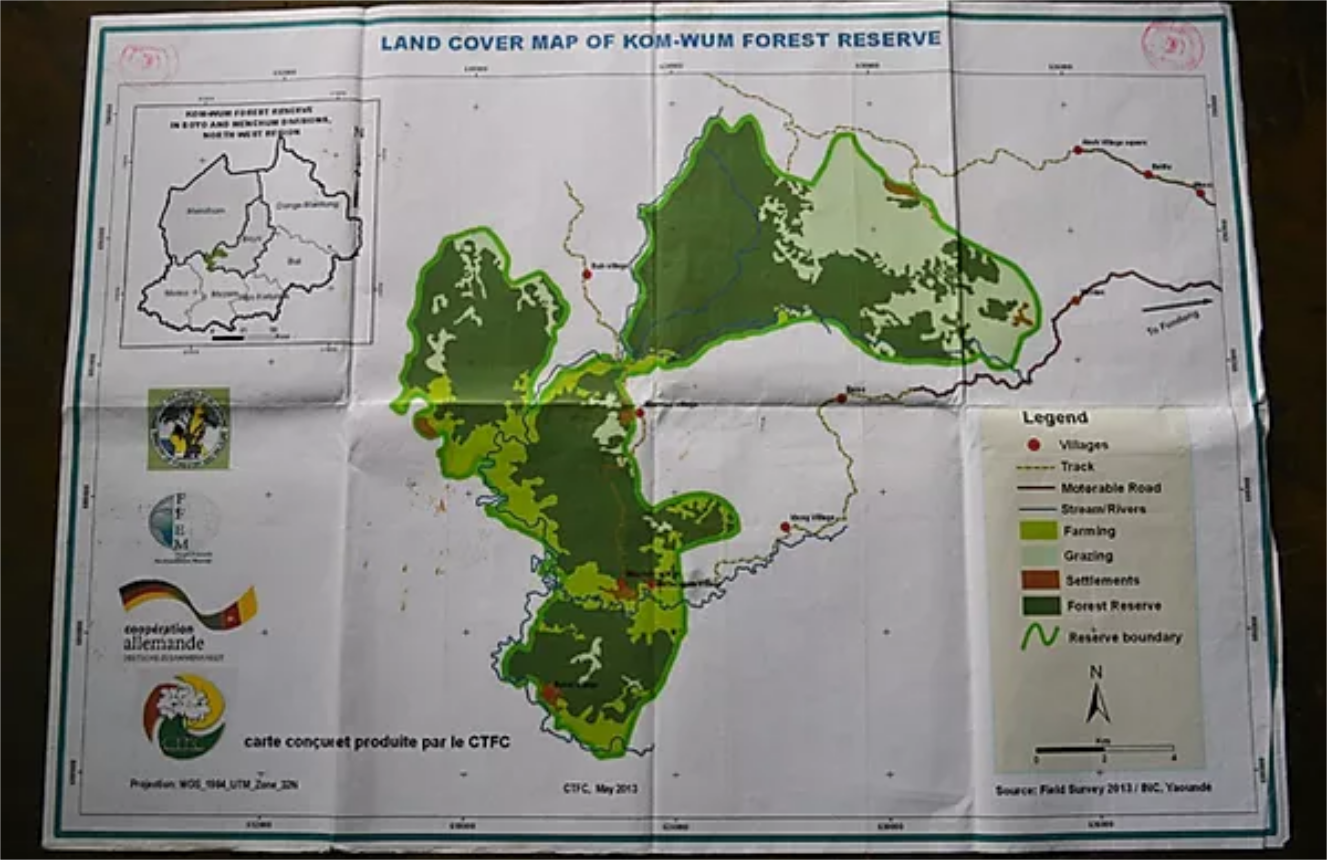
Map of the Kom-Wum Forest Reserve
THE BUPOKO PROJECT
This study was financed by Cleveland Zoological Society and the New England biolabs Foundation.

Background
In July-August 2016, a nocturnal primate survey was conducted in the Kom forest. The methodology included a mix of reconnaissance walks and a set of bio-acoustic devices generously lent by Dr Alex Piel from John Moores Liverpool University (UK).
The Principal Investigator was Simon Hoggett, an MSc student from the University of the West of England, assisted by Samuel Billa Fru, a Cameroonian student.
A total of six species of galagos and pottos were discovered:



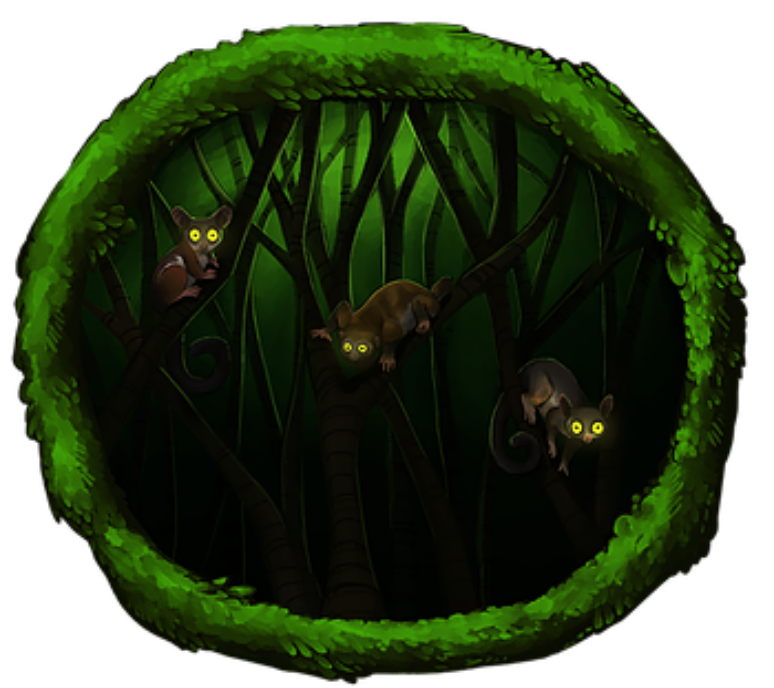
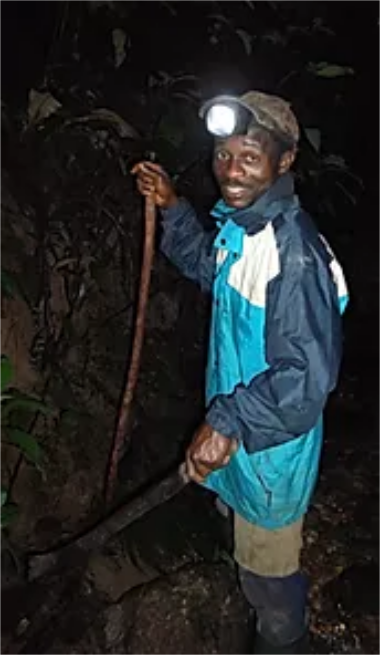
Festus (Guide from Baiso)

Simon Hoggett, Samuel Billa Fru, Denis Nyugha and two eco-guards from Kom-Wum Forest Reserve

